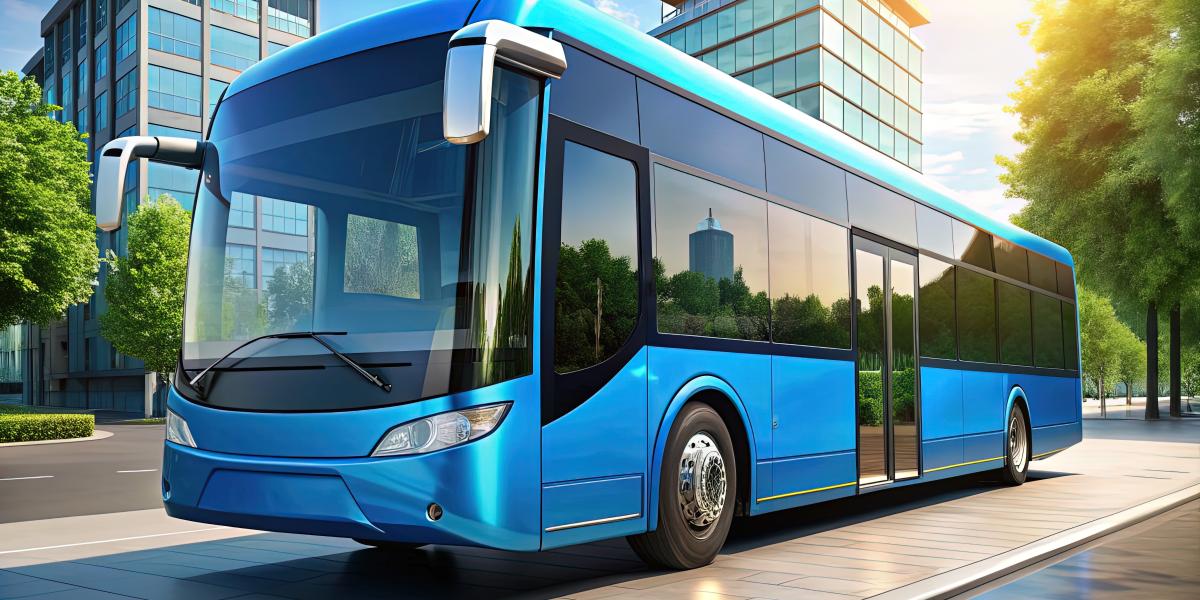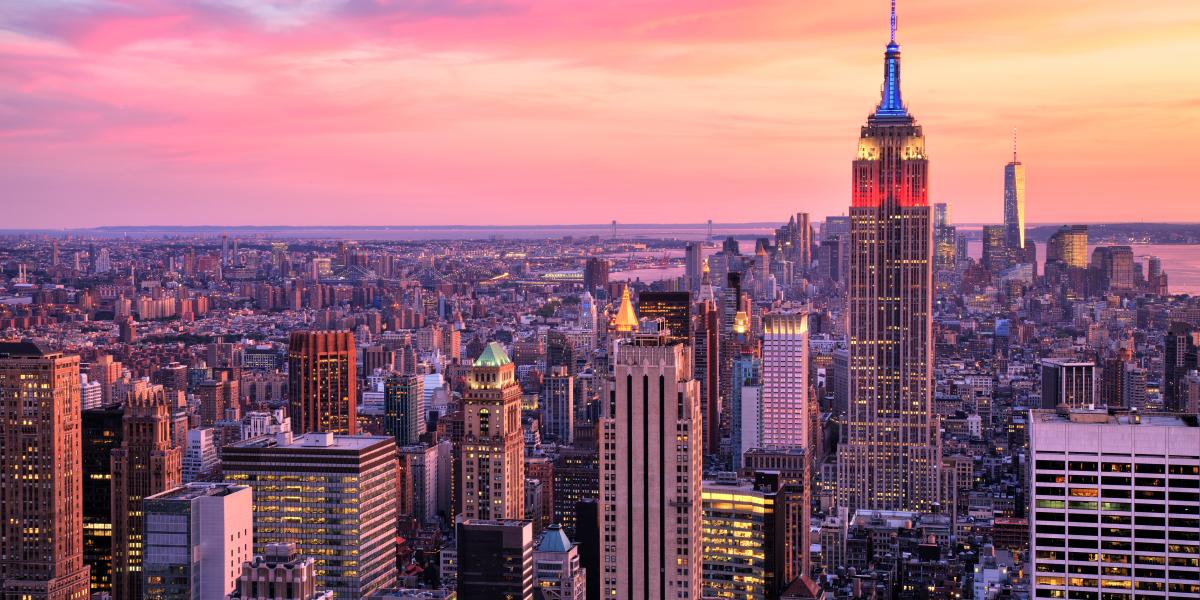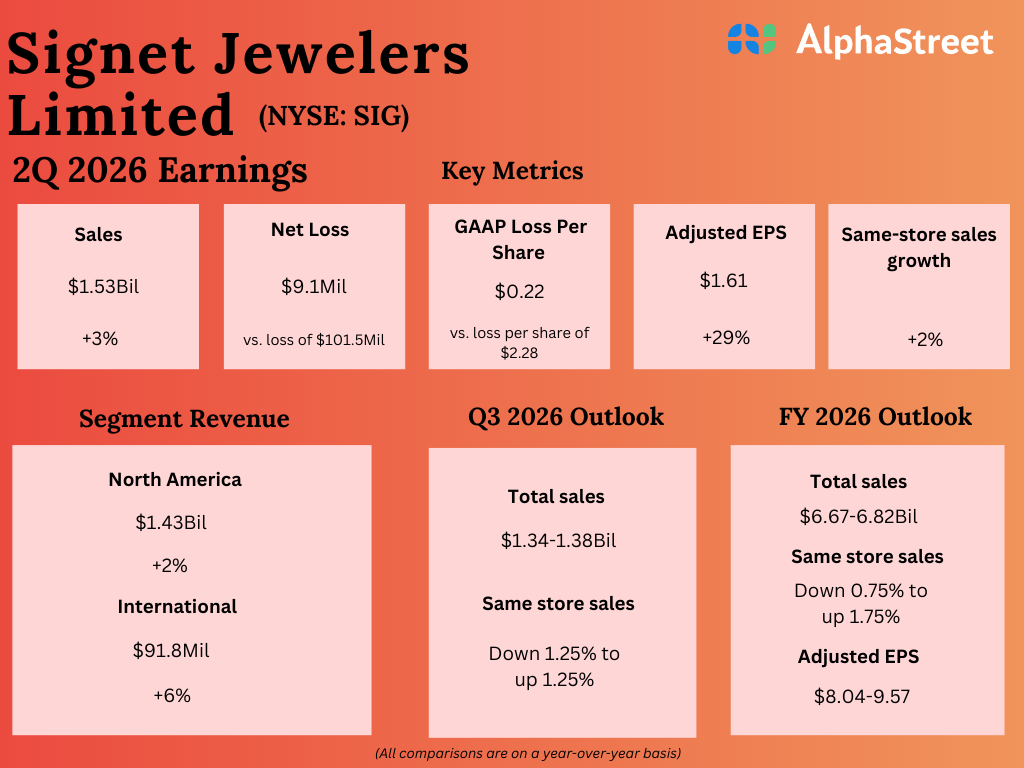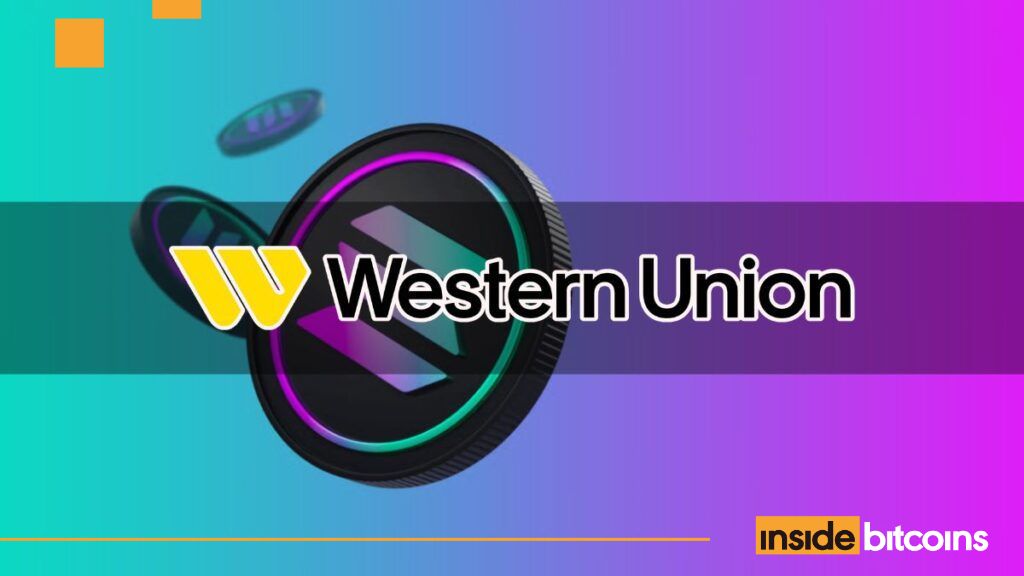Since 1978, a federal subsidy program (49 U.S.C. 5311) has funneled taxpayer money into intercity bus routes. Fast forward to today, and this initiative has failed. Instead of attracting riders, politicians have often crafted routes to win votes. As a result, subsidized bus routes have been squandering taxpayer money for 46 years. Meanwhile, unsubsidized bus companies have faced unfair competition from subsidized routes.
Since the invention of air conditioning, travelers have favored north-south routes. For instance, Flixbus now offers ten daily New York-to-Atlanta trips, up from six in 2019. Business is also booming between Chicago and Atlanta, with eight trips, up from five in 2019.
In contrast, demand for east-west routes has diminished. For example, Atlanta-to-Dallas has dropped from six to three trips. Direct service from New York to Chicago via Cleveland has also ended.
In FY2024 alone, Amtrak’s east-west routes lost over $560 million. Meanwhile, the Auto Train (Virginia to Florida) made a $6.6 million profit. Since FY2011, east-west Amtrak passenger-miles have decreased by 22 percent. Yet, north-south routes have seen an 8 percent bump. In fact, train travelers favor north-south routes over east-west routes by a ratio of three to one.
Airlines are seeing the same trend. In the fourth quarter of 2024, the New York-to-Miami route saw 27,368 daily passengers—a 22 percent bump from 2019. Meanwhile, the New York-to-Los Angeles route saw only 13,903 passengers—a five percent drop.
Despite the success of north-south routes, politicians insist on maintaining east-west routes. In FY2021 alone, taxpayers subsidized Section 5311 routes with $821 million. For example:
Virginia lost $19 million subsidizing routes, such as Washington to Bristol.North Carolina spent $34 million subsidizing routes, such as Wilmington to Charlotte.Ohio splashed out $30 million subsidizing routes, such as Parkersburg to Columbus.Colorado squandered $16 million subsidizing routes, such as Denver to Grand Junction.Oregon incinerated $17 million subsidizing routes, such as Portland to Astoria.Washington doled out $17 million subsidizing routes, such as Seattle to Port Angeles.
Many subsidized trips have less than 10 passengers daily. Some run with no passengers at all.
Intercity bus subsidies create a problematic cycle: Least-used routes need the most subsidies. Meanwhile, popular routes draw business from unsubsidized routes, causing their demise. As a result, there is an ever-increasing number of subsidized routes.
Proponents argue these subsidies connect large cities with smaller towns. Yet, this rationale cannot address fundamental economic realities. There’s no guarantee that subsidized routes wouldn’t be profitable without support. Nor is it clear why some routes need subsidies while others do not.
Some routes, such as Denver-to-Colorado Springs, compete with unsubsidized routes. Others, such as Washington-to-Danville, replicate subsidized Amtrak routes. The subsidized Portland-to-Eugene route duplicates both.
Without subsidies, many routes might fall into a gray area. For example, some bus routes between large cities might stop in small towns.
Without subsidies, buses between cities might stop in smaller towns. Instead, intercity bus subsidies have distorted the transportation landscape. Political support for weaker routes has led to an endless waste of taxpayer funds.
For travelers, the results have been stark:
Bus travel has become more expensive. A Denver-to-Dallas ticket booked in advance can cost $138, while a flight might be $44.Subsidized bus companies use interline revenue as matching funds, against the law’s intent.Buy America laws force subsidized companies to buy vehicles from Motor Coach Industries. These coaches have small fuel tanks and need to stop more often for fuel. Many have right-side fuel fillers and cannot enter gas stations or truck stops to get fuel.Bus insurance costs have soared from $8,000-$12,000 to $33,000-$73,000 per year. Taxpayers are now subsidizing insurance companies rather than bus travel. Bus maintenance costs have exploded, rising from $25,000 to $100,000 per year by 2021. Subsidized bus companies have misallocated equipment, causing a desperate shortage of mechanics. Scheduling an appointment takes weeks or months, with repairs taking another two weeks. Battery equalizers are more likely to fail, causing unexpected engine shutdowns. Air suspensions are more likely to deflate, causing coaches to run aground.In 2020, Congress passed the Coronavirus Economic Relief for Transportation Services (CERTS) Act. It gave $2 billion in bailouts to bus companies, yet BoltBus and Megabus still failed. Meanwhile, insurance companies used the CERTS Act as an excuse to raise rates.Maintaining underperforming routes with legislative coercion has always failed. Take the Saskatchewan Transportation Company, for example. It shut down in 2018 because only two of its 27 routes were profitable. Greyhound Canada’s unprofitable routes also caused it to go out of business in 2021.
Why does Congress continue to subsidize intercity buses when it defies market logic? One reason is that Congress has given the money to the states. For this reason, state politicians can make federal taxpayers foot the bill.
Another reason is the claim that subsidies connect isolated areas. Yet, subsidized intercity buses represent less than 0.001 percent of travel. In fact, Americans travel more miles by bicycle than using these buses.
Alternatives would be cheaper than intercity bus subsidies. Despite the subsidy, air travel often costs less than using subsidized bus routes.
There are also many ways to enhance the profitability of struggling routes: using smaller coaches, adjusting frequency, attracting tourists with scenic and enjoyable routes, offering demand-responsive service instead of a fixed route, and rerouting or extending existing routes.
Since 1978, Congress has exhausted ways to limit the growth of intercity bus subsidies. Its efforts at reform have not produced the desired results. Intercity bus subsidies have become a sunk cost fallacy. If Congress continues to subsidize intercity buses, their losses will only grow. Insurance companies will continue to profit while unsubsidized bus companies fail. A shortage of mechanics has persisted. Passengers will get stranded when coaches break down on the road. Buses cost more to operate than trucks because of exorbitant insurance costs. As a result, efforts to use them for freight transportation have also failed.
The only way to stop politicians from playing favorites with routes is to cut subsidies to $0. Political control over subsidies means that ending them would also end that control. Other “reforms” are unlikely to succeed, as they would still allow political interference.
Ending subsidies wouldn’t mean the end of Section 5311 routes. History shows that bus routes can come and go in popularity.
Innovative companies have reduced costs while expanding routes. Flixbus faced criticism for replacing terminals with curbside stops. Yet, this cost-cutting measure helped the company to grow its north-south routes.
It’s time for politicians to stop guessing which routes will succeed and cut subsidies to $0. The President should also veto any bill that subsidizes intercity bus routes. While these subsidies have enjoyed bipartisan support, it comes at the taxpayers’ cost. Focusing on successful routes is better than bemoaning the end of unprofitable ones. Market-driven operators will succeed where subsidized bus companies failed.


























